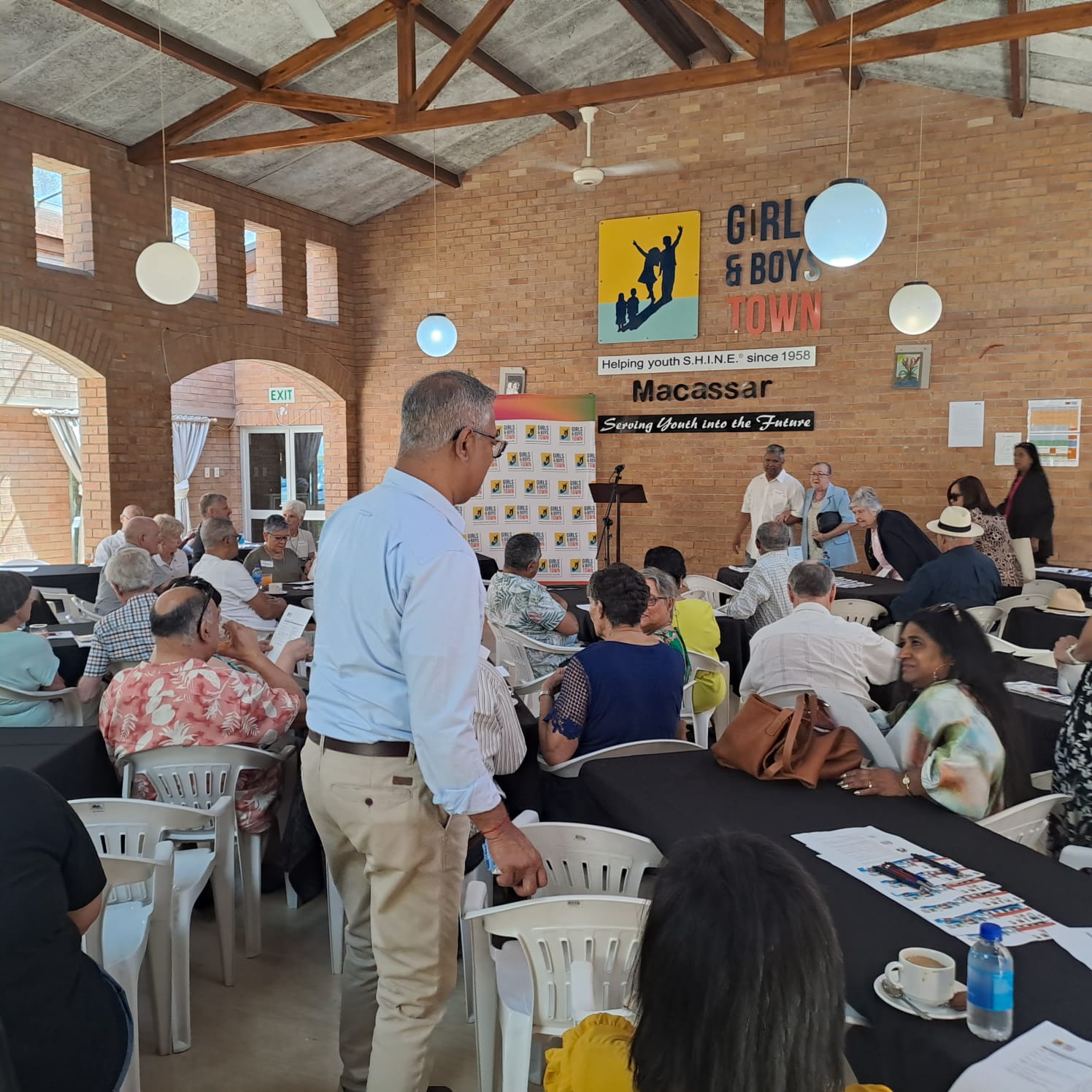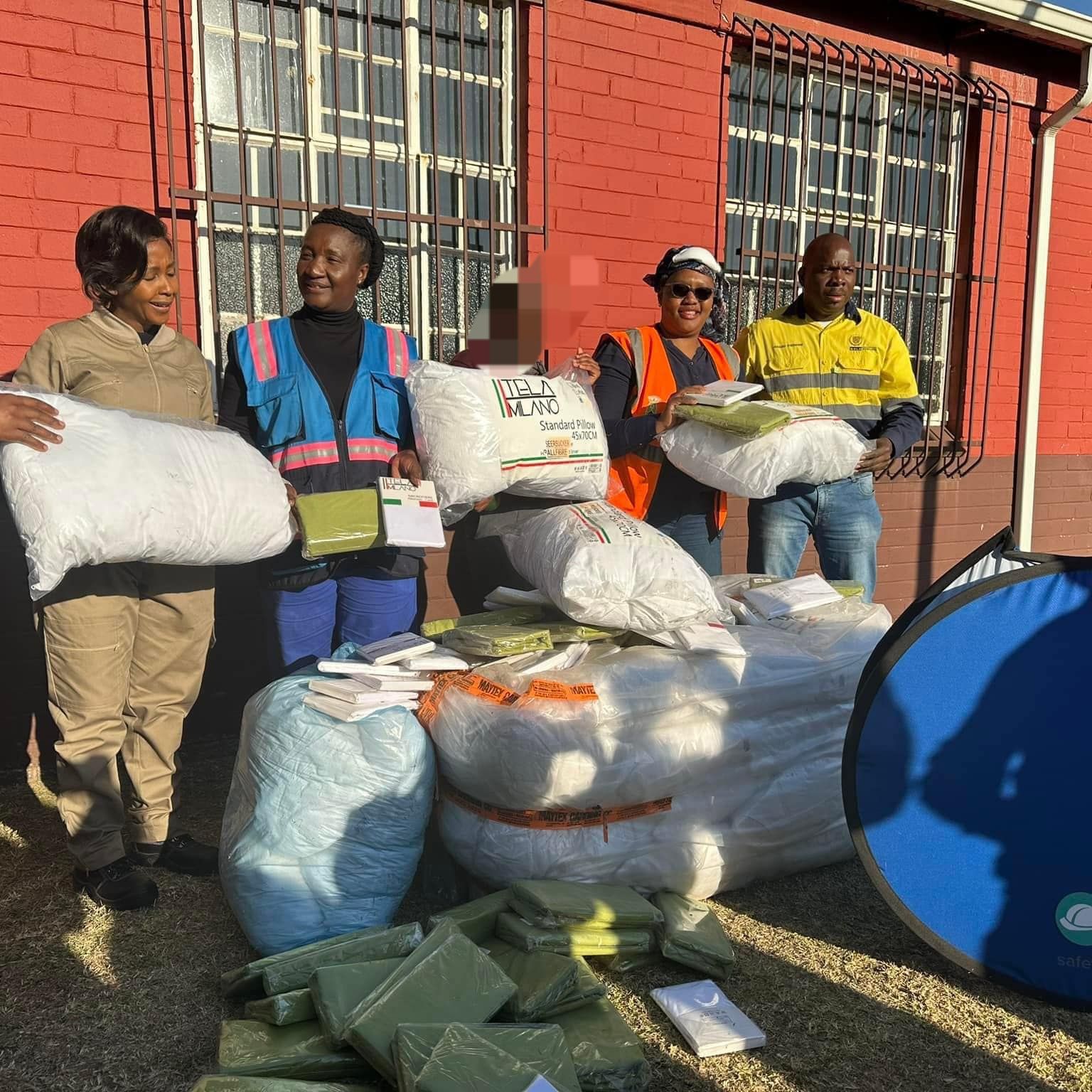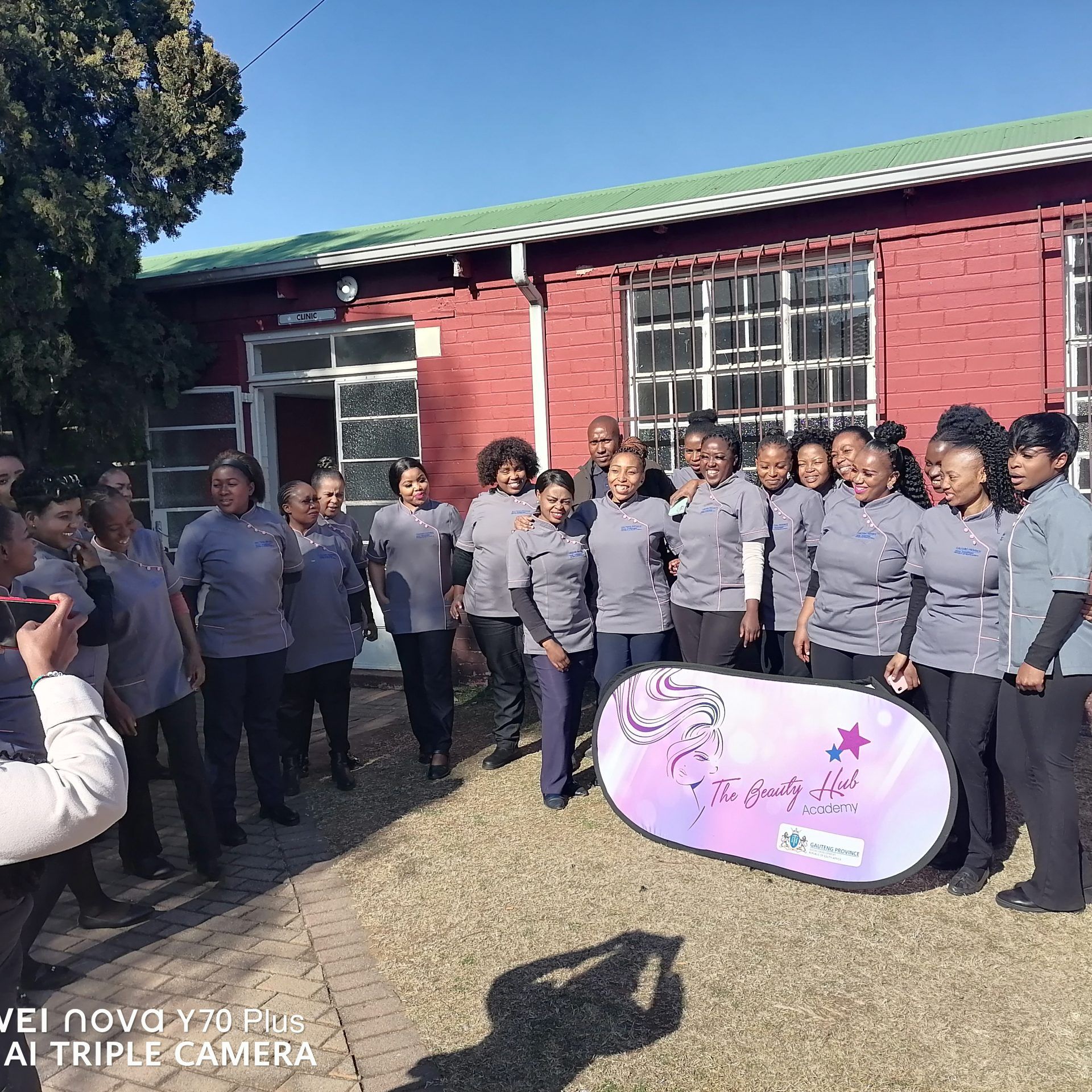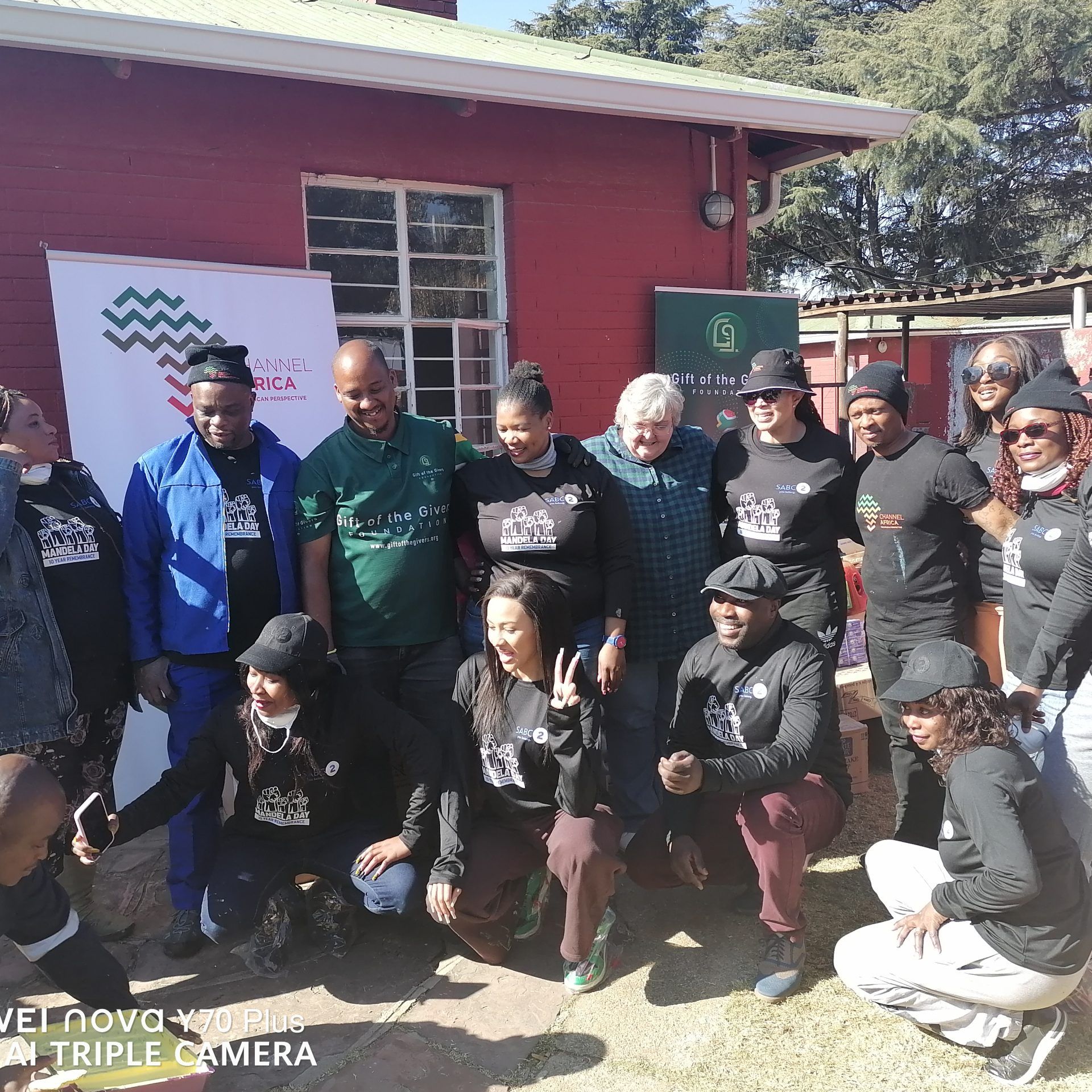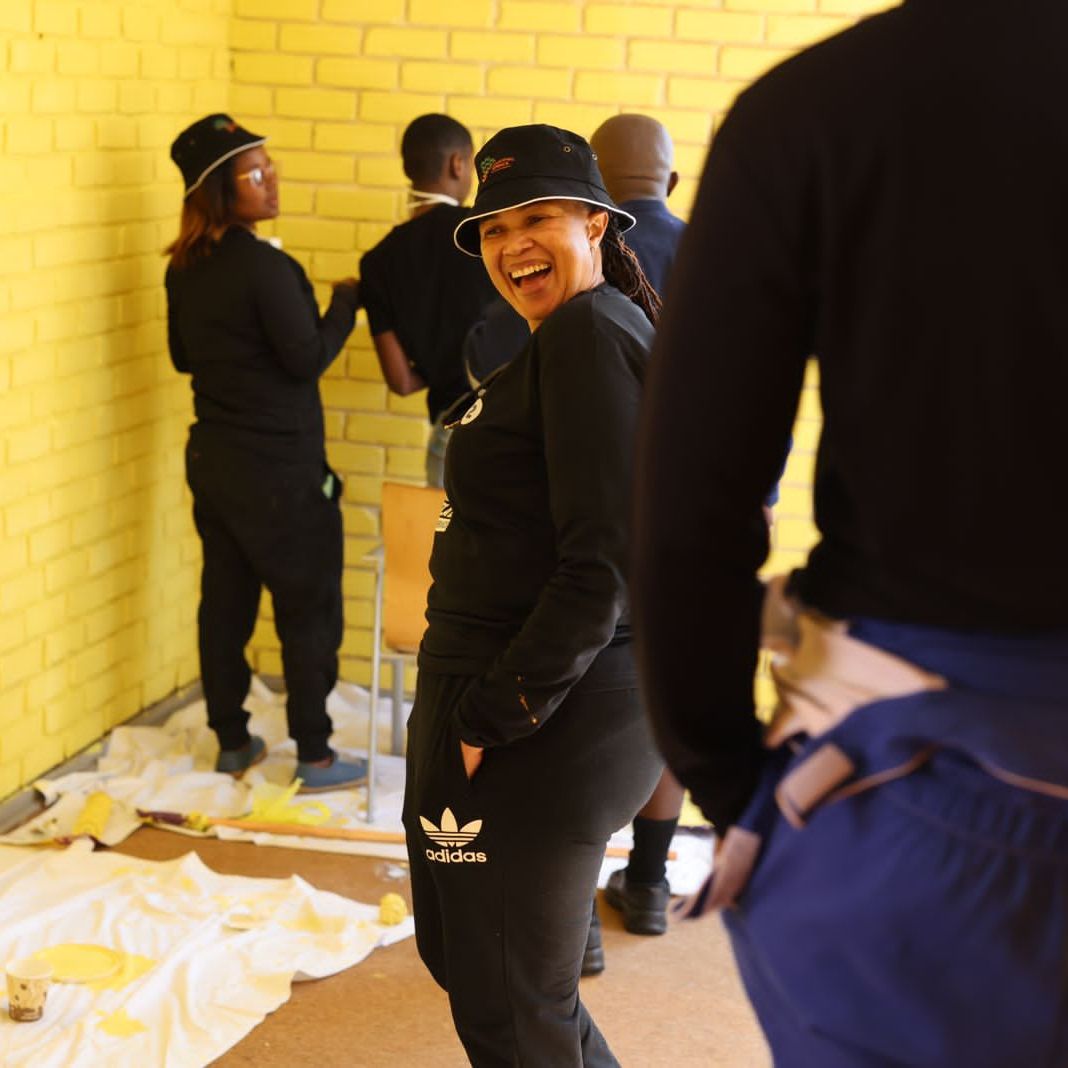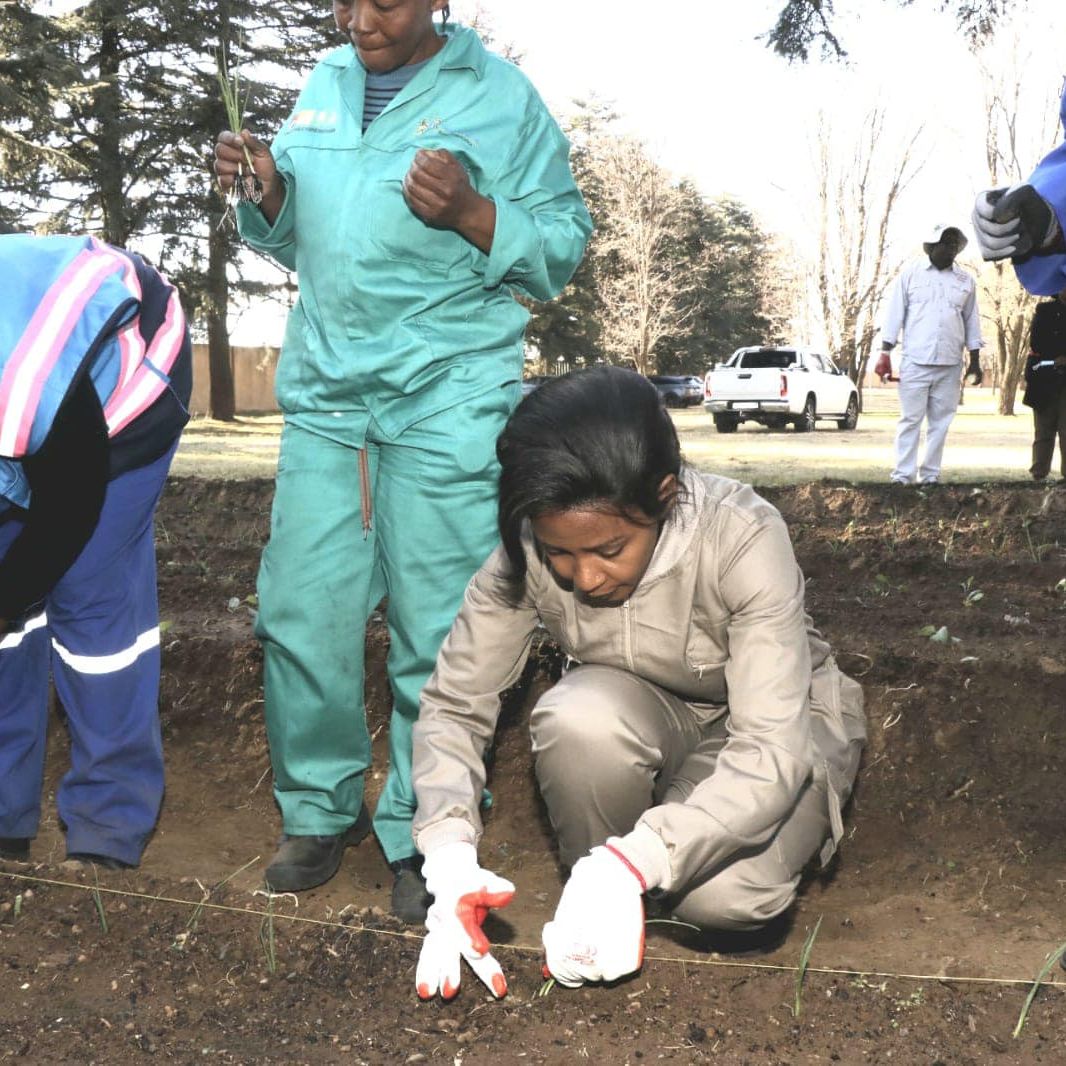Legal corner: June 2021
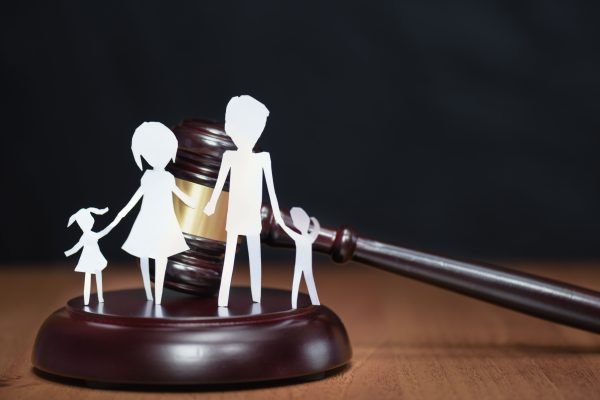
The rights, development, wellbeing, care and safety of South African children and youth is governed by the Constitution and various laws – and quite a few of them are relevant to our work. This “Legal Corner” column unpacks some of these pertinent legal instruments. Don’t forget, our GBTSA national Hotline – 0861 58 58 58 – can also provide advice and referral on legal and other matters.
Understanding the laws that apply to bullying
Did you know that 57% of South African children have reported been bullied at some time while in high-school? This equates to 2,2 million school-going children. In 2019-20, there were nine murders and 19 attempted murders as a result of bullying. Bullying in South Africa has reached epidemic proportions particularly in schools and the consequences are dire. They include the development of psychological and emotional problems such as distress, damaged self-esteem, anxiety, depression and in worst case scenarios suicide. At GBTSA we believe that this situation is unacceptable and we work tirelessly to ensure it is addressed within our communities and the schooling system.
Key issues are: do we have the laws in place to assist in dealing with bullying, and, if so, are they adequate? Can victims sue for damages? If they can, who can they sue? Can perpetrators be held criminally liable?
What defines “a child” in our law and what are children’s legal capacities?
The laws are applied in a manner that considers the fact that children are children – taking cognisance of their youthfulness, immaturity and inability to fully understand the seriousness of ramifications that may flow from their actions. The law makes a distinction between:
- Children below the age of seven: they lack capacity and cannot be held legally responsible for their actions.
- Children from seven years of age are presumed to lack capacity, but this presumption can be rebutted – in which case, then the minor can be held accountable.
- Between ages 15 to 18, children can be held legally responsible in terms of the Child Justice Act (which we will unpack in one of the upcoming issues of Youth Shine Insights).
Legal instruments that relate to bullying
There are various legal statutes that would involve bullying and which protect the rights of children:
- The Constitution of the Republic of South Africa, 1996, stipulates various rights that are to be enjoyed by all South Africans including children. These include equality, dignity life, freedom and security of person, safe environment and education. The Bill of Rights further states that everyone has the right to be free from all forms of violence, on the part of either the government or other sources; not to be tortured in any way; and not to be treated or punished in a cruel, inhuman or degrading way.
- The Children’s Act 38 of 2005 safeguards and protects the rights and interests of children.
- The National Education Policy Act 27 of 1996 requires government, schools and school authorities to create a system that supports the full personal development of each learner, and contributes to the national moral, social, cultural, political and economic development. It emphasises the advancement of democracy, human rights and the peaceful resolution of disputes.
Everyone (including children themselves) have a responsibility to respect and promote these rights and not deprive anyone from enjoying them or risk attracting legal accountability.
Furthermore, in cases of bullying occurring in schools, the schools’ code of conduct should establish and enforce school rules and policies related to bullying. Simple, clear rules on bullying including when bullying constitutes a criminal offence need to help learners understand that bullying will not be tolerated and what the consequences are for those found bullying.
Remedies for bullying in civil and criminal law
In criminal law, depending on the nature and extent of the bullying, a bully may face criminal charges of assault with intent to inflict serious bodily harm, assault, intimidation, crimen injuria, etc.
These can be laid against school learners who are bullies.
Bullying incidents can usually be placed on a continuum from rude and disrespectful behaviour, to very serious occurrences that involve threatened or actual physical or sexual attacks, theft, damage to property and weapon use, all of which can justify the laying of criminal charges.
For example, physical bullying, and in some cases verbal bullying, could be prosecuted as assault, while sexual bullying could be prosecuted under the Sexual Offences Act. Those responsible for verbal and some types of cyber bullying could be charged with defamation or crimen iniuria – the intentional and serious violation of someone’s dignity or privacy.
If perpetrators are found guilty, they would receive criminal records and could face fines, jail-time or correctional supervision.
In civil law, the victims/legal guardians may have a claim for damages against the school and/or Department of Education and/or, more specifically, the bully.
The unique facts of each case will determine who should be held responsible and the success of the case will also be founded on the facts.
What constitutes bullying in our legal system?
Bullying can take many different forms which often overlap and a person can experience several kinds of bullying at the same time. While people associate bullying with hitting, pushing or some other kind of physical attack, there are also other types, namely:
- Physical bullying: Hitting, pushing, slapping, tripping or pulling someone’s hair. It can also involve forcibly taking something, like money.
- Verbal bullying: Threats, insults, ridiculing, name-calling and making racist or sexual slurs.
- Non-verbal bullying: Writing hurtful messages, letters or graffiti, or distributing pictures and videos that hurt someone or damage their reputation.
- Social bullying: Gossiping, spreading rumours, leaving people out on purpose and breaking up friendships.
- Sexual bullying: Passing inappropriate notes, jokes, pictures, taunts and starting rumours of a sexual nature. It can also involve uninvited touching and forced sexual behaviour.
- Cyber bullying: Where people use the Internet, mobile phones or other electronic devices to insult and harass, spread rumours, damage people’s reputations, and distribute videos and pictures that harm them.
As educators and citizens we need to be aware of the various recourses to the law in the case of bullying to protect vulnerable children. Gathering evidence and the confidence to speak out are key to the success of these cases which will hopefully send a message to bullies that they can be seen as criminals in the eyes of the law. At GBTSA, we believe in the power of information and education and promote knowledge of criminal repercussion among youth as a means to prevent inappropriate and illegal acts and when these do happen, to enable the subjects and survivors of such to take or receive appropriate legal assistance – and counselling.


